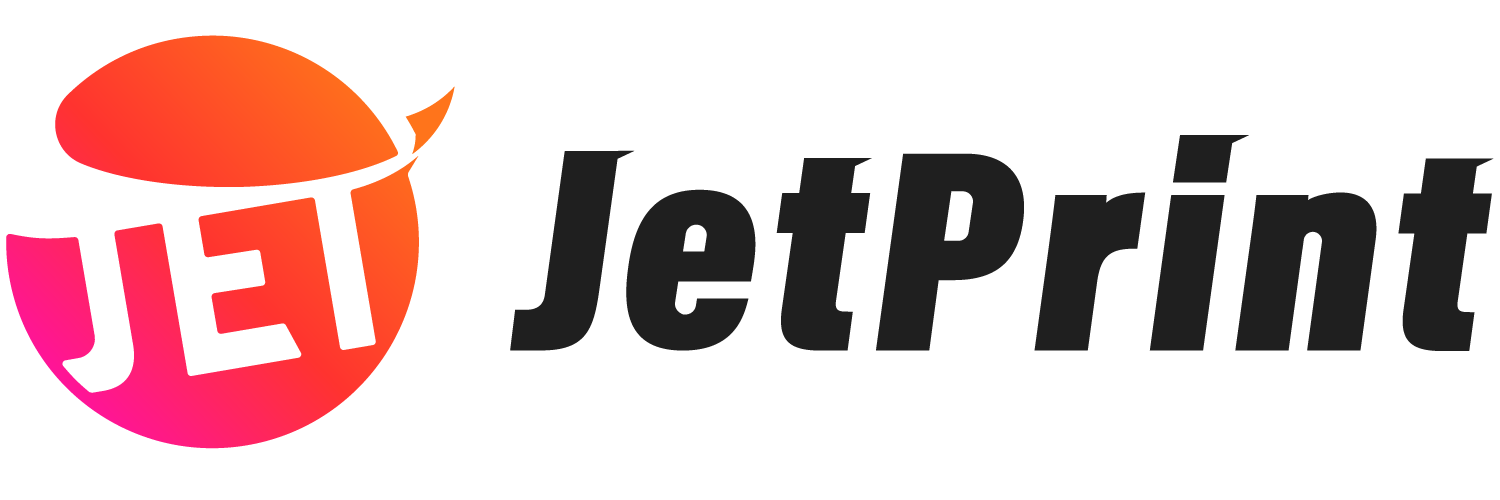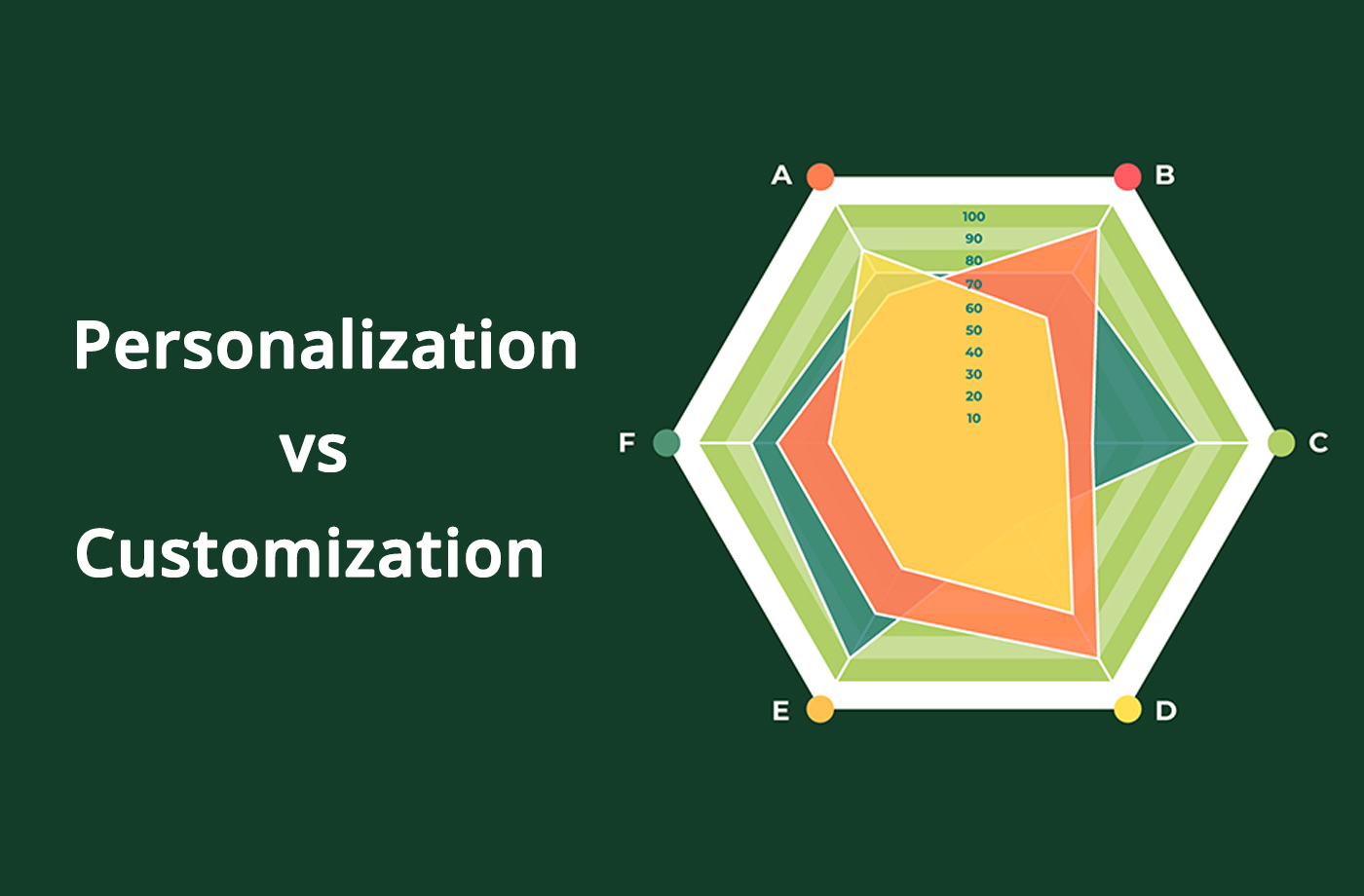While the terms are frequently used interchangeably when it comes to creating unique products, are they truly the same?
Personalization and customization are not identical, and in this article, we’ll explore their definitions, differences, and real-life examples to help clarify the distinction between the two.
What is personalization
Personalization is the process of adapting a product or experience based on individual data. It involves customizing content, products, or services to match a customer’s specific preferences, behaviors, or needs. This often relies on user data (such as past purchases, browsing habits, or demographic information) that is systematically analyzed to provide a unique experience.
What is customization
Customization is a process that involves giving users control over their experience, where customers can change a product or service to suit their personal preferences. Unlike personalization, where data-driven algorithms determine what products are best for you, customization allows you to directly participate in the modification of an item or experience.
Personalization and customization: The main difference?
Understanding the key differences between personalization and customization is essential for businesses aiming to use both strategies effectively. While both approaches enhance the user experience, they achieve this in different ways.
| Feature | Personalization | Customization |
| Who controls it | System-driven adjustments | User-driven adjustments |
| User effort | Low (passive, automated) | High (active, requires user input) |
| Based on user data? | Yes (preferences inferred by the system) | Not necessarily (user directly selects options) |
| Flexibility | Users are not allowed to make changes in real time | Users can continuously adjust to their needs |
Examples of personalization vs customization
To illustrate the difference between personalization and customization, let’s look at some real-life examples of each.
Personalization examples
- TikTok: TikTok is a top example of personalization, using data to understand user preferences and suggesting similar videos based on viewing history and behavior (such as video dwell time, likes, and comments).
- Amazon: Amazon leverages personalization technology to recommend products based on past purchases, browsing history, and items left in the cart. As more data is gathered, these recommendations become increasingly tailored for each user.
- Email marketing: Instead of sending generic emails, businesses use personalization to address customers by name, suggest products they may like, and offer exclusive deals based on the user’s prior interactions with the brand.
Customization examples
- Print on demand: Companies like JetPrint and Printify let users design their products by choosing colors, uploading designs, and positioning artwork anywhere on the item, offering a high degree of customization.
- WordPress: WordPress allows users to customize their website’s theme, layout, fonts, colors, and add plugins, enabling them to create a site that matches their unique vision and needs.
- Configuring a computer: Companies like Dell and Apple allow customers to configure computers by selecting components like memory, storage, and processors. For example, a gamer may choose high RAM and a quality graphics card, while a casual user may opt for more basic specs.
When to use personalization and customization
Using both personalization and customization can enhance the customer experience, but each serves a slightly different purpose. Here are some scenarios for when to use them:
When to use personalization
Personalization tailors the user experience based on a user’s past behavior, preferences, or personal data, often without requiring the user to manually select options.
- Improve user retention: Increase engagement and loyalty by making users feel understood and valued.
- Targeted marketing campaigns: Use emails, ads, and product recommendations based on a user’s browsing or purchasing history to boost conversions.
- Enhance customer service: Recommend help articles or solutions based on user history to make the experience smoother.
When to use customization
Customization provides users with tools to select their own preferences, enhancing engagement and a sense of control.
- When customer autonomy is a priority: Allow users to control product features or design choices, such as customizing clothing or accessories.
- For unique products or services: Enable options like color, size, or personalized elements to enhance uniqueness.
- For creating unique pages: Customizable design or layout, like dashboards, can boost engagement and satisfaction.
Combining personalization and customization
The best experiences often combine both. For example, a print-on-demand company might use personalization to recommend relevant products to users via email, then allow them to customize the items on the website. Balancing both can create a user-centric approach that boosts satisfaction and strengthens loyalty.
Conclusion
In the debate between personalization and customization, there’s no one-size-fits-all solution. Both strategies have unique advantages and can be used effectively based on your business model and customer needs.
If your aim is to deliver a seamless, data-driven experience that anticipates user preferences, personalization is ideal. Conversely, if customers seek control and flexibility in their experience, customization is the better choice—especially for businesses offering configurable products or services.
Ultimately, a combination of both approaches may work best, providing personalized recommendations while allowing users to customize their experience as they wish. By using both strategies, businesses can create more engaging, satisfying user experiences that drive growth and foster customer loyalty.


0 Comments